There are plenty of options for getting your flies secured when tying your own and plenty of brands that offer products. A few come to mind right away with Loon Outdoors being the most obvious, given the image attached to this piece. But I also use products like Hard as Hull head cement and Penetrator cement, along with the lesser known Hrumph products too.
Of course, we as fishermen all have a great deal of faith in the strength of our knots, well, at least we should. If the knots in your rig are going to fail, you can forget landing anything more than a sardine any time soon. But the knots used when tying flies are often best adhered with a little extra help and that is where the head cement comes into play. I use the Loon Hard Head cement as a go-to for many flies, but I tend to get the Hard as Hull out when I feel like getting a little light-headed with the fumes and making sure that my nymphs are rock solid.
As a means of securing your thread in place, these cements are fantastic. At the same time, they allow you to build up a hard, or soft, head to your fly for a more realistic nymph, or a more durable jig pattern. If your nymphs are going to be bouncing off rocks along the bottom of a stream, it always pays to give them a fighting chance at surviving more than a few casts, and that is where a couple of layers of head cement can make all the difference. This is especially important when using bead heads with coloured coatings that tend to get chipped and cracked when they drag along to bottom.
But, as so often happens, especially with a few drinks at the tying desk, I, like so many other tiers alike, tend to leave the lid off the bottle and wander off to take care of other matters. I’ve had a Loon bottle open for several days before realizing and the results were not pretty. Applying head cement doesn’t really work when it is more of a paste than a viscous liquid. So, I implore each and every flytier out there to do the right thing and make you bottle last.
No, you’re not going to remember to put the lid on every time. So, get yourself a bottle of the appropriate thinner to match your head cement and see the difference. It is amazing how much simpler many cements are to apply when they are at the correct consistency. Funny that! Just a few drops of thinner can bring a waning bottle of head cement back to life and save you plenty of pennies. Water doesn’t work, but the right thinner will.

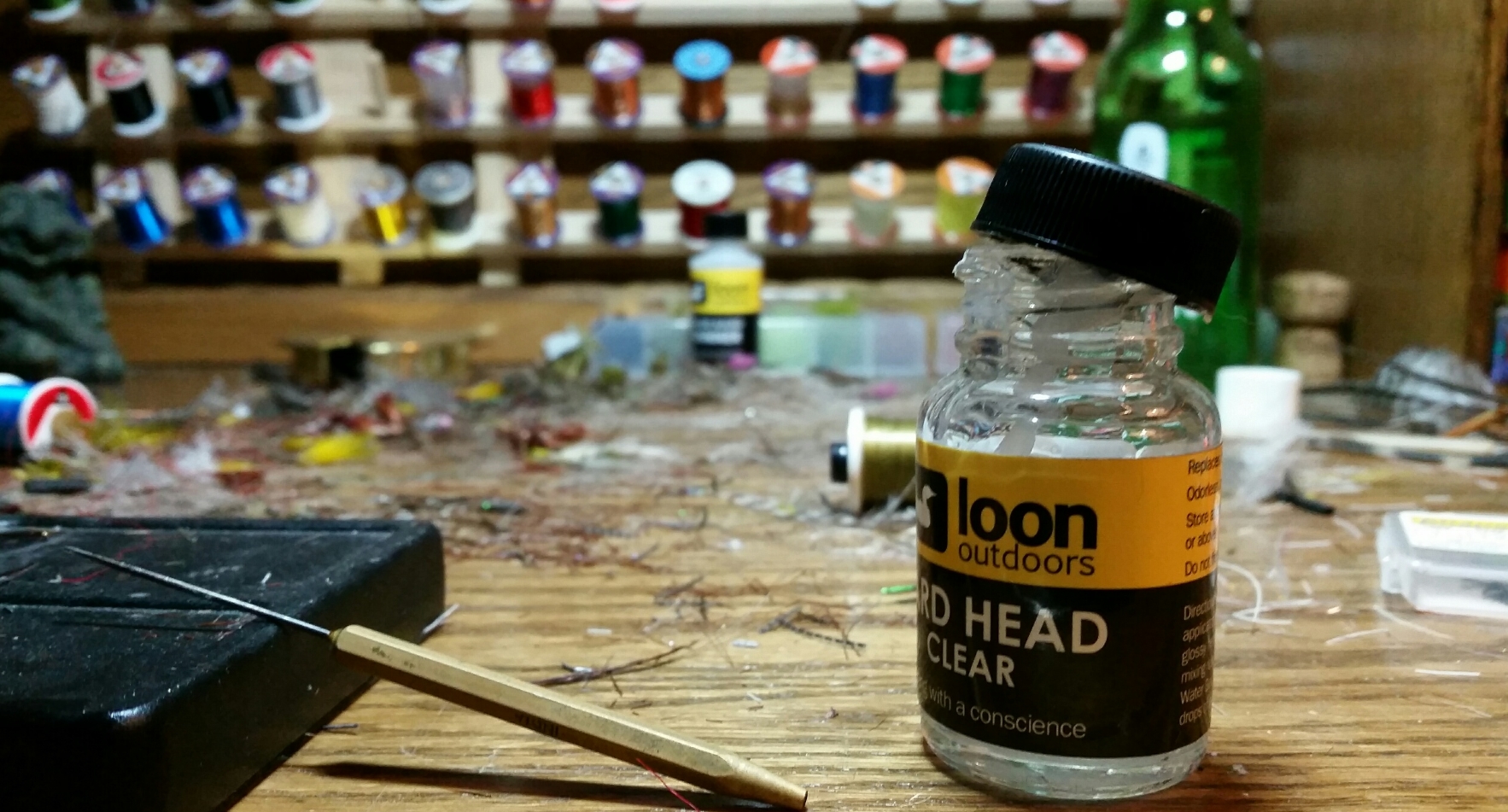

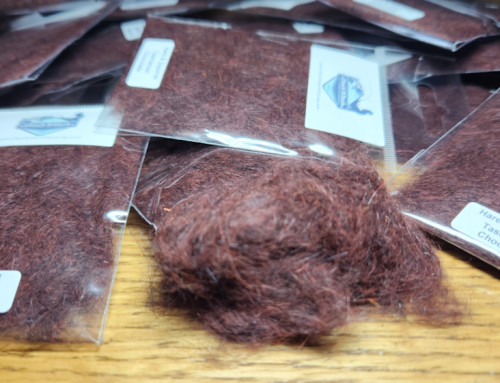
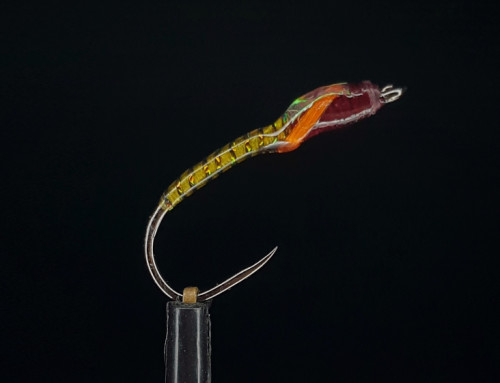
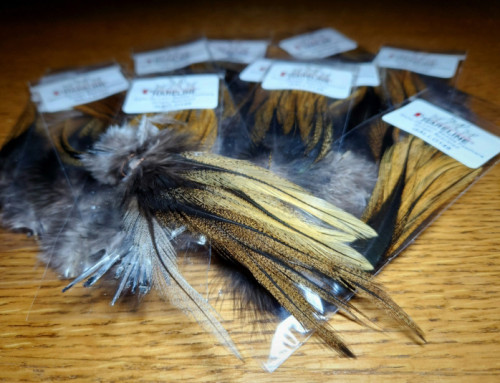
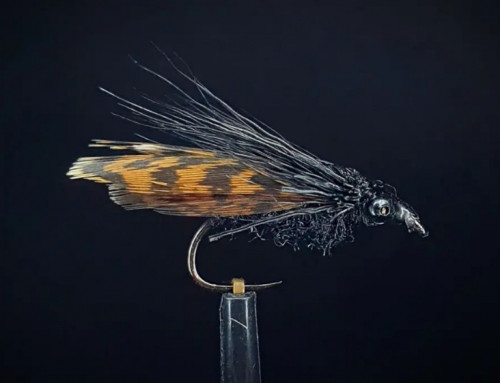
Leave A Comment
You must be logged in to post a comment.